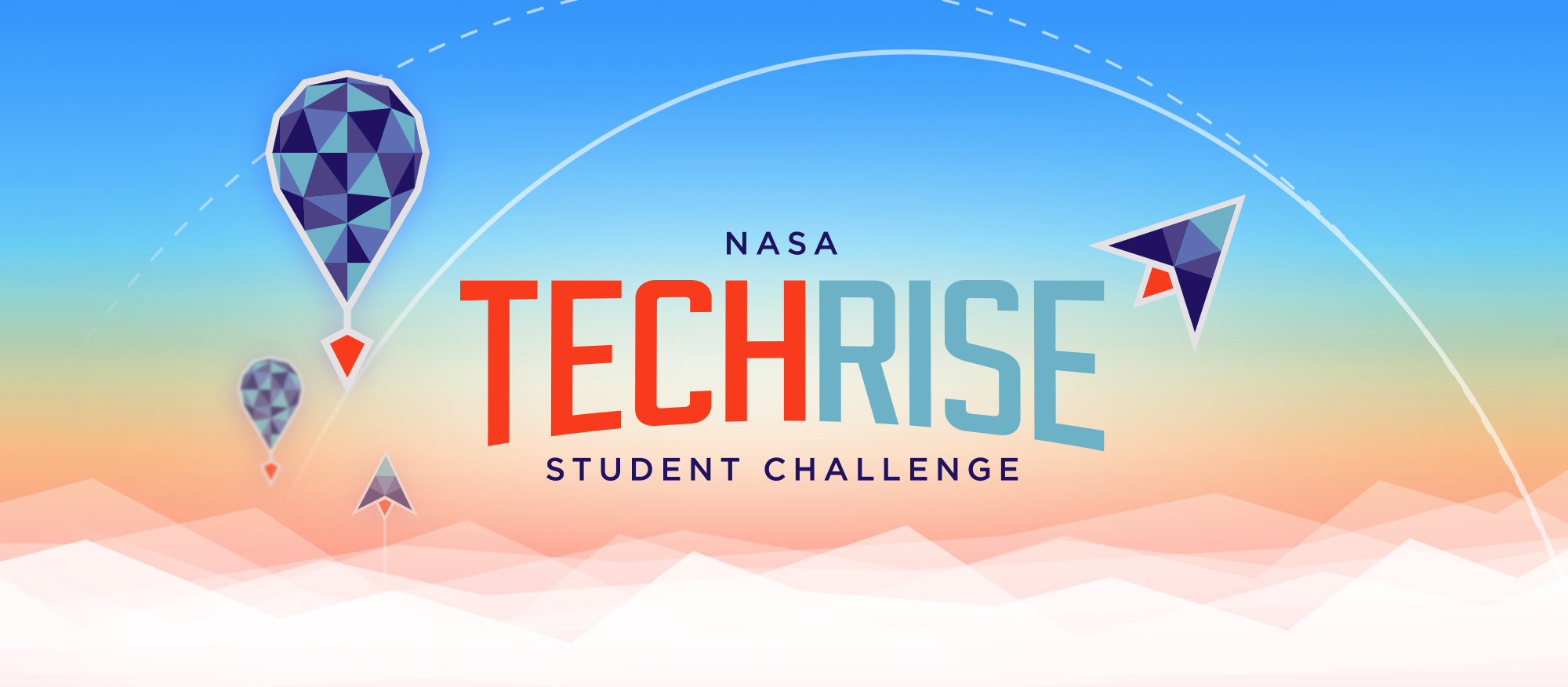


Are you ready for this year’s NASA TechRise Student challenge? From environmental research to developing technologies near the edge of space, schools are invited to join NASA in its mission to advance space exploration and enhance our knowledge of Earth. If you are in sixth to 12th grade at a U.S. public, private, or charter school – including those in U.S. territories – your challenge is to team up with your schoolmates and develop an experiment idea for this year’s NASA TechRise flight vehicle – the high-altitude balloon!
The high-altitude balloon flight will offer more than four hours of flight time at 70,000 feet and provide exposure to Earth’s atmosphere plus views of our planet.
A total of 60 winning teams will be selected to build their proposed experiment. Each winning team will be awarded:
Winning teams will also receive technical support during the experiment build phase from Future Engineers advisors, who will help students learn the skills they need to turn their experiment idea into reality. No experience is necessary to join the NASA TechRise Challenge! The steps below will help your team plan and submit your experiment idea.



 Balloon
Balloon






STUDENTS
Develop an experiment idea with your school team and fill out the Proposal Template. Give your completed proposal to your teacher.
TEACHERS/EDUCATORS
Coordinate with your students to submit their team proposal. Educators can submit an unlimited number of proposals, but please make sure each proposal is unique.












































NASA's Flight Opportunities Program is leading the NASA TechRise Challenge, which is administered by Future Engineers. Flight Opportunities rapidly demonstrates promising technologies for space exploration, discovery, and the expansion of space commerce through suborbital testing with industry flight providers. The program matures capabilities needed for NASA missions and commercial applications while strategically investing in the growth of the U.S. commercial spaceflight industry. These flight tests take technologies from ground-based laboratories into relevant environments to increase technology readiness and validate feasibility while reducing the costs and technical risks of future missions. NASA’s Flight Opportunities program is funded by NASA’s Space Technology Mission Directorate (STMD) and managed at NASA’s Armstrong Flight Research Center in Edwards, California.
Thank you for your interest in contacting Future Engineers. We look forward to connecting with you!
General Inquiries
support@futureengineers.orgSponsorship Inquiries
sponsor@futureengineers.org